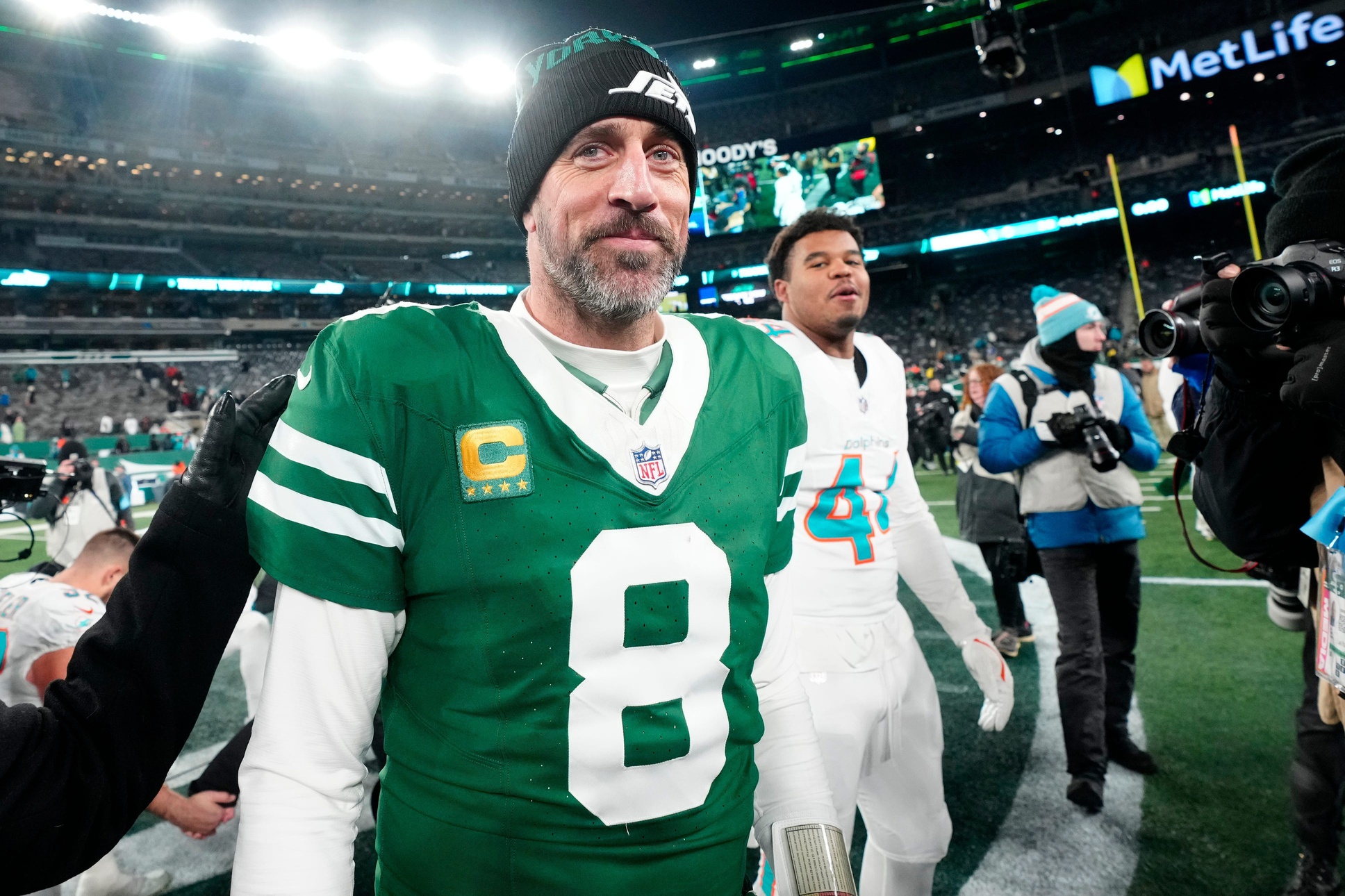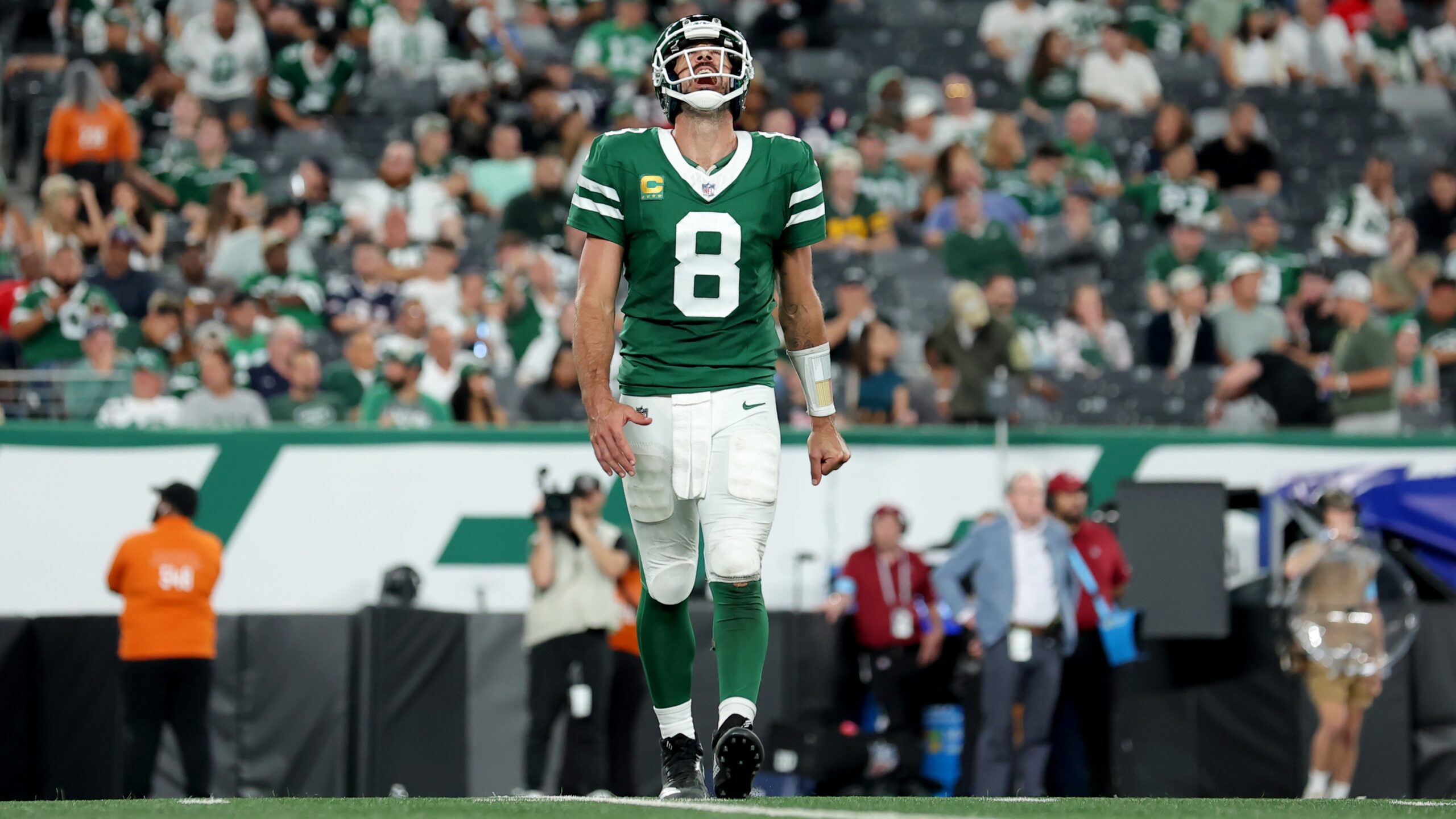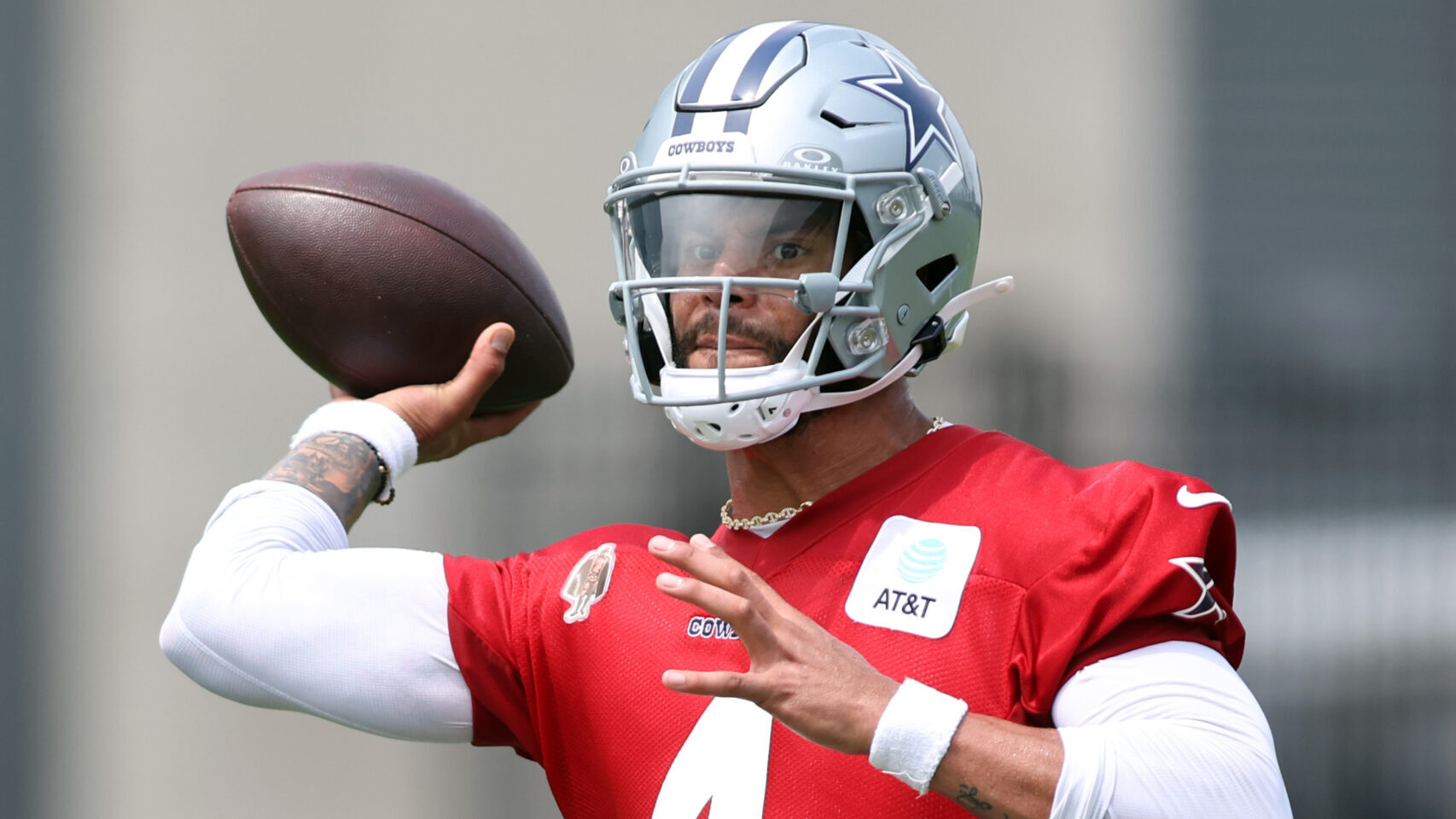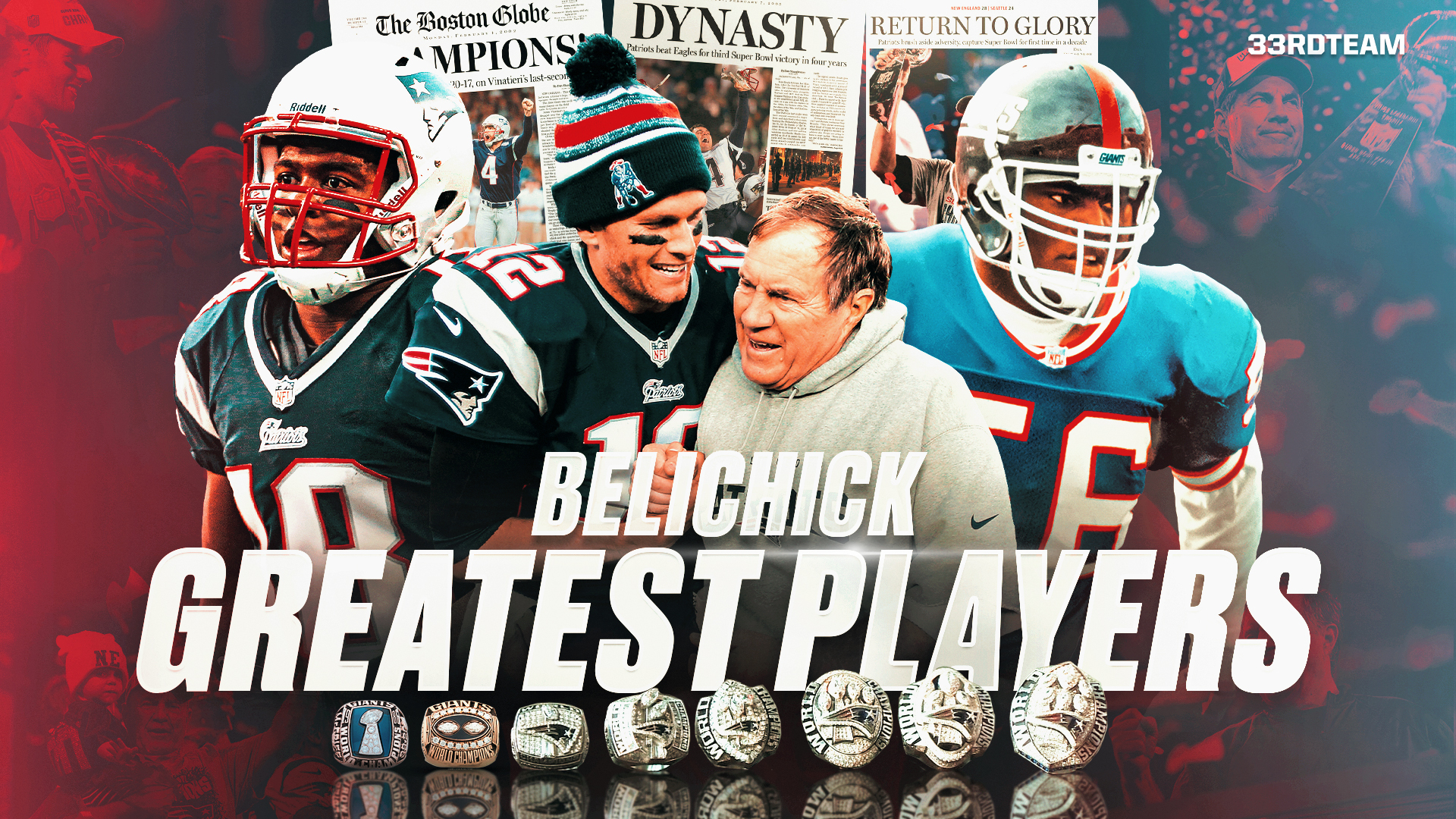Analysis
4/11/22
8 min read
How the Rams Are Scouting Differently Than the Rest of the NFL

The decision to push their chips to the center of the table led to a Super Bowl victory for the Los Angeles Rams, but there's much more to their process than simply trading draft capital for established stars to go “all-in.”
General Manager Les Snead's roots create a unique angle for the organization as a whole. Snead, an Auburn graduate who holds a Bachelor of Science in psychology, is well-equipped with insights from the field. Snead's references to “playing poker, not chess” and "thinking in bets" stem from the work of Annie Duke, an expert in the field of decision-making under uncertainty. For this piece, we'll hone in specifically on how some of those ideas impact their scouting processes and draft philosophy.
Building a Football Team, Not Collecting Talent
The Rams are entering their sixth season without a first-round selection, and they show no signs of slowing down when it comes to shipping out early round draft capital. However, they've been able to find key role players and starter caliber play from day two and day three selections.
The focus on finding fits over freaks in the draft has helped with identifying value in players with modest athletic testing data and lower perceived value from the rest of the league. In the right situations, these types of players are able to perform above their natural ability due to their fit within the system. Fourth round pick Greg Gaines has developed into a starter despite his atypical measurements for a defensive tackle. Rookie third round pick Ernest Jones took over as a starter down the stretch in 2021, providing key support play for the rest of the Rams defense. Former sixth round pick Jordan Fuller has been a consistent starter when healthy despite a marginal 4.67 second 40-yard dash at the NFL Combine.
This emphasis on finding young and undervalued players who can contribute due to their fit within the system is a core tenet of how the Rams sort prospects.
Sorting and Picking
While teams are often admired or criticized for what happens over a three day stretch in April, it's almost always the year-long sorting process prior to the draft that determines which organizations walk away with a winning football team. However, the length of the sorting process and the stakes involved can cause increased pressure to break ties and make "the right" decision between two considerably close options.
Analysis paralysis can creep in rather quickly when two players graded similarly are sitting together on the board. The paradox of choice here is that it’s common to painstakingly agonize over players with similar expected values in hopes of finding a tiebreaker. Oftentimes those tiebreakers are incredibly small relative to the overall expected value for each option.
If offered a choice between eating a steak or a bowl of bugs, you will likely pick the steak in a fraction of a second. But if offered a choice between two steakhouses, you’re more inclined to slow down and consider your options carefully. When considering two close options carefully, the fear of regret that stems from unpicked alternatives grows from a molehill into a mountain. You will likely never regret not eating the bugs. But if the steak you get tastes mediocre, you may regret not going to the other steakhouse.
Duke’s book, How to Decide, addresses this problem. The desire to differentiate with relative certainty between two very similar options leads to an extreme trade-off, sacrificing a significant amount of time for marginal information gains (and often getting no closer to certainty). Duke calls it “tilting at windmills.”
The Rams work around this problem by sorting players within different buckets, but not getting hung up as much on the differentiation between closely graded players within each bucket. It’s easier, both in time and energy, to put the bugs in one bucket and the steaks in another. When the time comes to pick, it’s easier to frame the decision as selecting between two equally good options rather than trying to squeeze out every drop of value.
Judge Decision Quality, Not Outcome Quality
Even with positive framing, it’s not always easy to avoid regret-averse thinking when deciding between multiple high stakes options of similar expected value. The decision will almost always be judged externally by the outcome. This is what Duke calls “resulting.” It is answering a much more difficult question (how good was this decision?) by substituting it with an easier question (what was the decision’s outcome?). In a business where results are available on the field each Sunday for tens of millions of fans to watch, it’s hard to avoid being judged by outcomes.
But the best decision isn’t always the one with the best outcome. Sometimes choices with a high probability of success fail. This is where Snead has adopted the mindset of a poker player. Sometimes you’re holding great cards, you make smart bets, and the river card knocks you out. The important part is not getting wrapped up in bad luck. It’s judging the quality of the decision based on the information available at the time.
Unless we have a crystal ball that can see into the future, it’s impossible to avoid bad luck. So rather than worrying about bad luck, it’s just a matter of making the best decisions possible in the sorting process, then letting the diligence of that sorting process take care of the picking process.
Focusing on Players “At the Orchestra”
A decreased presence at all-star games and the NFL Combine have created some perceptions that the Rams are an increasingly untraditional team in terms of their scouting process. But for the Rams, the most important part of the process is “seeing guys at the orchestra," which means focusing on studying the tape and projecting players based on that. The rest of the process is often filled with noise and fog.
Whether it’s a dozen reps at an all-star game, a bad interview, or a pre-draft workout from the Combine or pro day, the Rams are careful not to over-index on the pre-draft circuit. Their analytics team alerts them to situations where the sorting process is altered by information that may lack the context of a football setting.
While not abnormal relative to the broader tendencies of the league from a scouting standpoint, the built-in guardrails protect against recency bias and help to avoid leaning too heavily on the shiny object that is a fast 40-yard dash or fantastic 10-minute interview.
Combating Groupthink and Bias
The processes of forming an opinion on a player are complex. What games were watched? Was the player injured? Is he a good player relative to what the team wants on the field? Is the player a good culture fit for the team? How valid is the information obtained from sources? These are the types of questions that most often come to mind when considering a prospect. But they aren’t the only inputs, even if they are the most easily identifiable.
Human judgment is more complex than straightforward conscious information processing. Often involving a wide tangle of cognitive and social psychology factors, decision-making is often influenced by the subconscious. This is where Snead’s background in psychology plays a crucial role in removing bias from the scouting process.
Rather than studying prospects as a group, the Rams have their scouts work in individual silos when forming opinions on players. This minimizes the amount of social influence affecting the scout’s opinion. There’s less room for self-doubt or conformity when you don’t know the opinion of your colleagues or boss.
Another method of minimizing social influence is by keeping scouts out of meetings where they haven’t studied the players involved. A Midwest scout isn’t sitting in on a meeting about players from the Southwest. Another set of eyes for a crosscheck might be needed later on, so it’s better to not let a potential contamination of opinion occur.
Groupthink often emerges in organizational cultures where dissent is punished and the social pressure to conform is high, but the Rams have created a system where the opportunities for dissent are manufactured largely as truth-seeking exercises, not boxing matches or power struggles. It’s not about putting scouts together to see who can win an argument. It’s about surfacing information, asking thoughtful questions to discover everything available, and using the collective power of diverse perspectives to arrive at a great bet.








